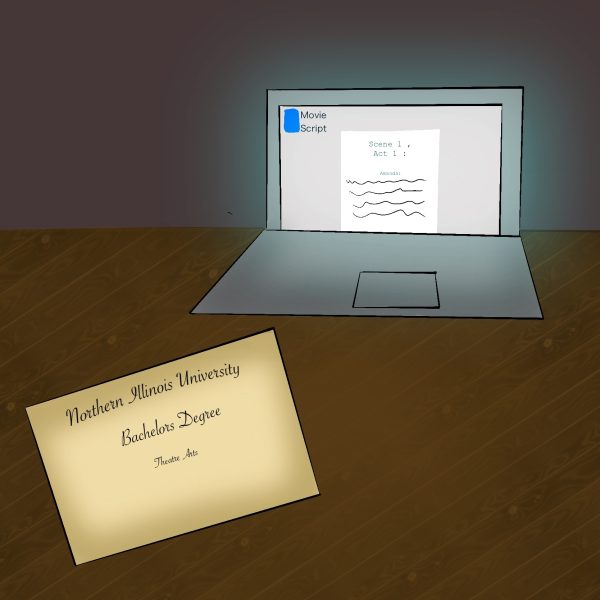Drunken driving devices decrease deaths
February 17, 2009
The National Highway Traffic Safety Administration released a report in August 2008 that said the number of people killed from drunken driving accidents in 2007 had declined 3.7 percent from the previous year’s amount of fatalities.
Despite the decrease, however, 12,998 deaths were still reported in 2007 as a result of drunken driving. To put it in perspective, that is just over 35 people killed per day. This figure does not account for the numerous injuries and other accidents that occur as well and proves the importance in having strong, effective DUI laws.
A Jan. 28 Northern Star article reported that a new DUI law went into effect as of Jan. 1. The law allows first-time offenders to receive a restricted driver’s license that would require the driver to blow into a Breath Alcohol Ignition Interlock Device installed in his or her car that would not allow the driver to operate the vehicle if it detected alcohol on the breath.
DUI offenders obviously had no problem excusing themselves from the law, so what is to say that they would not find a way around this device? Since the device is designed strictly to detect alcohol, a drunk person could have a sober person blow into the device instead. Is it then necessary to create a device that could detect both alcohol and the identity of the offender?
“If a sober person is sitting next to the driver who is drunk, then why not this sober person drive the car instead of risking his life and his friend’s life?” asked chemistry professor Narayan S. Hosmane.
Hosmane makes a very valid point. If there is somebody sober, then that person should use his or her clear judgment to make a responsible decision. Sober people, however, do not always think clearly either. As of now, it looks too easy for any person desperate enough to drive drunk and get around the device installed.
Is there a way to ensure the offender is the only person able to blow into the device?
“There is no easy way from a chemical instrumentation viewpoint to replace a simple Breathalyzer,” said associate chemistry professor Victor Ryzhov. “The device only looks for alcohol content in the breath.”
So there is a way around the law? Actually, there isn’t. Our lawmakers are not so naïve to how cunning some residents think they are. I often overhear people discuss how easy it may be to avoid certain laws and the loopholes within them. In this case, though, there are no loopholes.
“A driver with this device who gets someone else to blow into it can happen,” said Shannon Alderman, the alcohol program coordinator for the Division of Traffic Safety in the Illinois Department of Transportation. “But, the device asks you to pull over for obvious safety reasons and blow into the device again [after you’ve started driving]. If you don’t blow, the car will start flashing its lights and honking like a car alarm would.”
Alderman also said that statistics have proven this law to be effective in lowering DUI offenses in other states. Along with how well this new law will work at ensuring our safety on the roads, it is another example of how the law is almost always one step ahead of the everyday lawbreaker. So before you start feeling audacious, realize the consequences of the law that is protecting society’s well-being.











